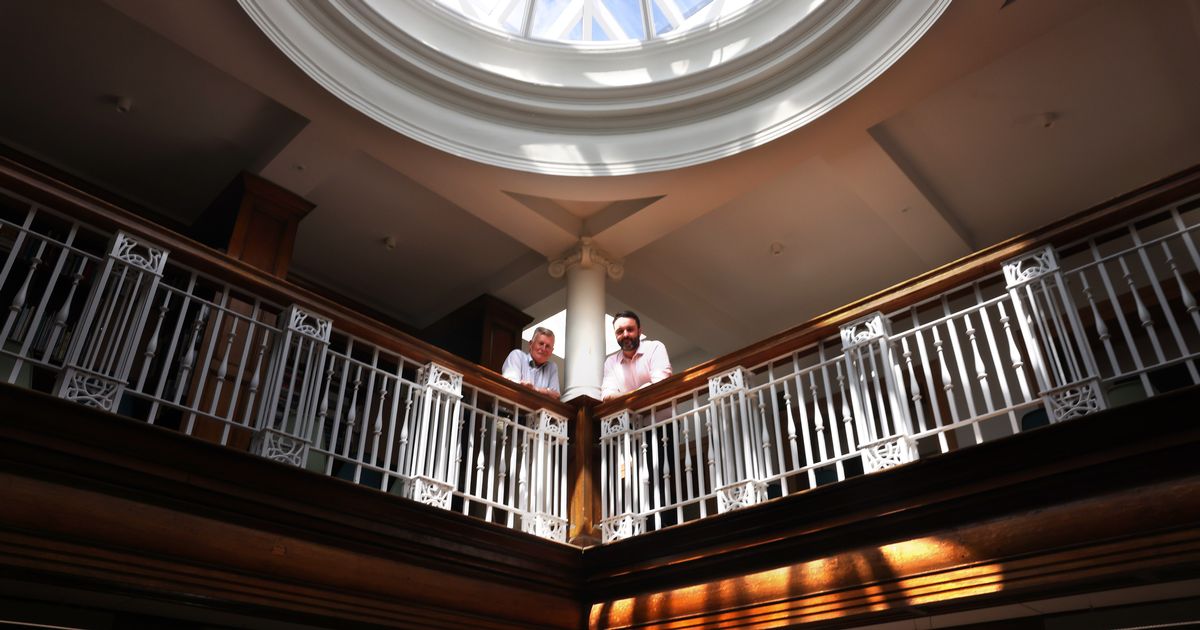The building is now 120 years old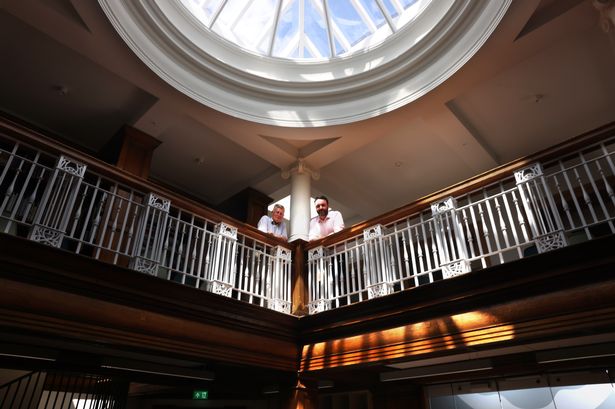 Jerry Spencer and Chris Colwell inside The Old Library(Image: Photo by Iain Watts)
Jerry Spencer and Chris Colwell inside The Old Library(Image: Photo by Iain Watts)
A beautiful historic building that was once left derelict and in a rotting state is celebrating an incredible milestone. It was back in 1905 that the The Carnegie Library on Lister Drive/Green Lane in Tuebrook first opened its doors to the public.
Designed by architect Thomas Shelmerdine, the library was funded by wealthy philanthropist Andrew Carnegie – who was so impressed with the ‘public spirit of Liverpool’ that he personally donated £13,000 towards its construction. Also known as the Old Library, the landmark and community space has been loved by successive generations
However, the site fell into disrepair and for years, campaigners thought they had lost the former Andrew Carnegie library forever. But in 2020, over a decade after its closure, the building reopened after being painstakingly restored.
READ MORE: Troubled city centre nightclub where Saturday nights were ‘always big’READ MORE: The forgotten moments at Merseyside cinema building
It was community-based charity Lister Steps who helped to turn the disused Grade II-listed library into a thriving community centre, with help from social investment. As part of the Liverpool ECHO’s How It Used To Be series, we mark the building’s 120th anniversary by taking a look back at its incredible journey.
Jerry Spencer, Lister Steps’ trustee, honorary treasurer and volunteer, told the ECHO: “When Andrew Carnegie got to retirement age, he’d just got married, he sold his business to JP Morgan, who was another very famous American businessman, and became the richest man in the world.
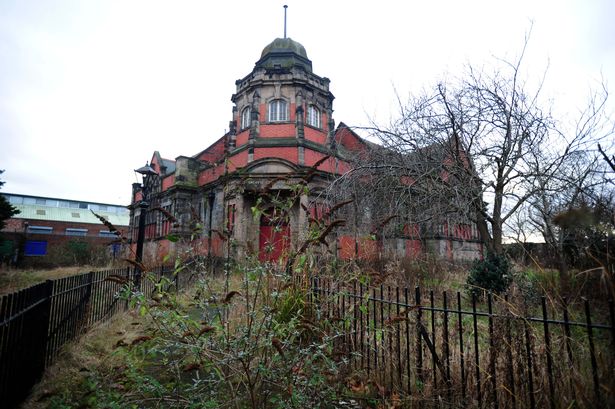 The building slowly being reclaimed by nature in 2013(Image: Photo by James Maloney)
The building slowly being reclaimed by nature in 2013(Image: Photo by James Maloney)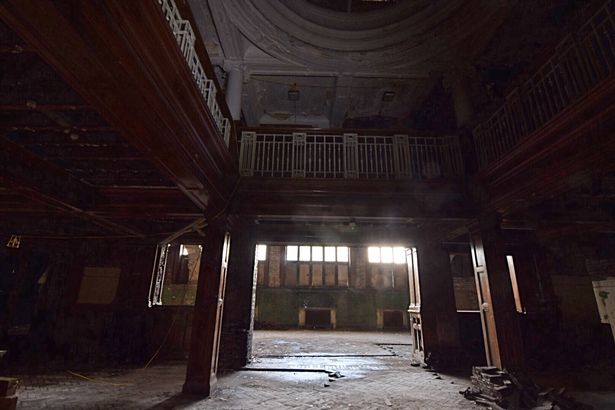 The once bustling Lister Drive library became an eerie sight(Image: Lavino)
The once bustling Lister Drive library became an eerie sight(Image: Lavino)
“He had his personal share of the business of $4.5 billion, and then he spent the rest of his life giving away $4.4 billion of that, building or helping to fund the building of two-and-a -half thousand libraries all around the world and endowing colleges and educational institutions. We had six in Liverpool, all designed by the same architect, Thomas Shelmerdine.
“It cost £13,000, which is I think £2.5m today. It was operating as a library until 2006, when the building became so dilapidated and unsafe that it was forced to close.” Jerry, 69, said generations ago, life inside the library was quite different for visitors.
He said: “It’s quite interesting when you look at the old pictures, because you see that separation. It was the gentlemen’s reading room downstairs and where the nursery is now was the ladies’ reading room, with a rear entrance to it as well.
READ MORE: City centre landmark was ‘destined to be lost forever’READ MORE: Historic Liverpool building where thousands went for weddings and funerals
“Back then, it was very much the idea that the children are only welcoming the library as part of a school trip, so they could be heavily supervised. Certainly after the war, in the 50s and 60s, they started being able to come in.
“We hear lots from people who remember coming in when it was library, saying they used to sneak in and were chased out by the librarian, or that they hid in the stacks and hoped the librarian didn’t notice.
“There was the swimming baths, which is now the pet centre, but also the school as well, ending up with a big power station at the end of Lister Drive. So it was a place where a lot of kids would be hanging out on street corners and they would think, the library – I wonder what’s in there.”
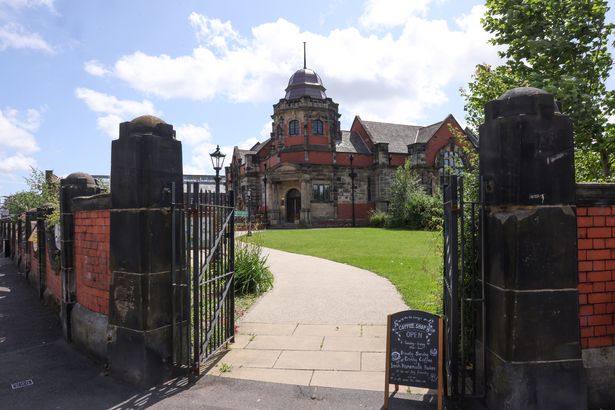 The a Grade II listed building reopened in 2020(Image: Photo by Iain Watts)
The a Grade II listed building reopened in 2020(Image: Photo by Iain Watts)
Through the decades, the Old Library was not only a landmark in the area, but a hub for the community, seeing thousands pass through its doors. But after serving the city for over 100 years as a library, serious problems with the fabric of the building forced its closure.
The building fell into disrepair as it lay untouched for over a decade. The library also featured in the ECHO’s Stop the Rot campaign, which was first launched in October 2000, with the aim of rescuing and preserving the rich architectural heritage of the city and the greater Merseyside area.
But in 2016, Liverpool Council secured £3.9m in National Heritage Lottery Fund money to turn it into a community hub and lease it to a charity. The council appointed specialist contractors HH Smith & Sons Ltd to undertake the restoration, with plans for children’s charity Lister Steps to take over the building once restoration was completed.
READ MORE: Derelict Liverpool pub once ‘full of character and characters’READ MORE: Life at historic Liverpool pub set to reopen with original name
Work began to restore the Grade II listed library back in April 2019 and was expected to take 12 months to complete, but due to its poor condition, extra funding and time was needed to complete it. After a painstaking restoration, the former Andrew Carnegie Library reopened as The Old Library – home to Lister Steps and a range of community spaces – in 2020.
Lister Steps was formed in 1997 and is a value-led community charity for families and children. By 2022, the building was one of six winners of the RIBA (Royal Institute of British Architects) North West Awards, which recognise architectural excellence.
Jerry said: “When you said Lister Steps back in the 1990s and 2000s, it was a nursery – but Lister Steps was actually a whole series of community based initiatives around employment, about disadvantage and poverty, education, based in porter cabins which are still there, but are derelict now.
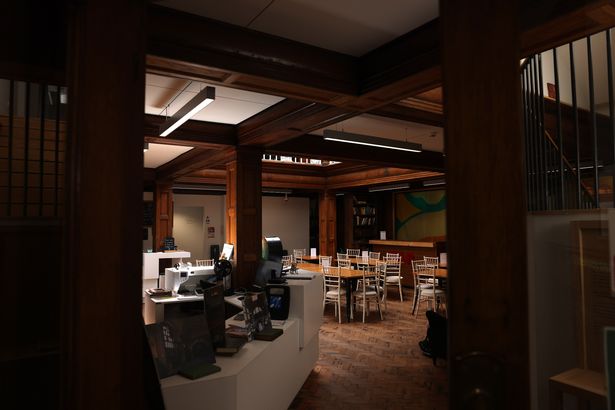 Inside the building today(Image: Photo by Iain Watts)
Inside the building today(Image: Photo by Iain Watts)
“We celebrate everything. We love being here. We love seeing the expression on people’s faces and they come in – they just don’t expect to see a building of this sort of quality.
“It’s a long sigh of relief, now that we’ve got it open, that it survived, it’s developing. The beating heart is nursery, that’s what brings a lot of people in.
“Very often people are dropping off kids, having a coffee, that sort of thing. But the weekend events, the night-time events, the concerts, play schemes in the half terms, seeing the building used like that – it’s fantastic.”
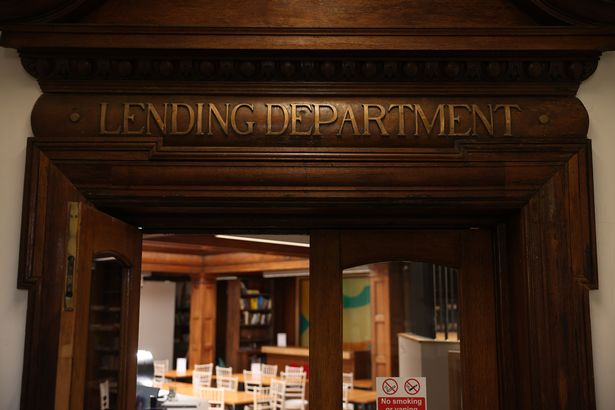 Many original features have been maintained(Image: Photo by Iain Watts)
Many original features have been maintained(Image: Photo by Iain Watts)
Key Fund, a social investment lender which supports businesses and organisations with a social mission, invested in Lister Steps in 2017, and did so again in 2023 with a £60,000 loan for working capital. For the Old Library, capital helped ensure the charity stayed resilient as National Lottery Heritage Fund investment came to an end.
Key Fund has invested in several projects in Liverpool since it was set up 25 years ago and the organisation encourages growth and investment in the hardest hit communities and lends to community initiatives that are likely to be turned down by mainstream lenders. Ahead of the buildings’ 120th anniversary, Key Fund’s head of social investment, Chris Caldwell, 36, said: “What we do is really provide investment where mainstream sources of investment wouldn’t be applicable.
“We really like to see that the community are brought in and there’s regular feedback being sought and real strong engagement with the local community to make it an asset for the community. If you look at the building, it would be a real shame if it was just used for a nursery and with it being used for so many other things – it really opens it up to all generations, obviously children and an older demographic.
“The best part of what we do is actually coming out and seeing it complete. We’re a provider of shorter term finance, but we always like to invest into projects where there’s a longer term.
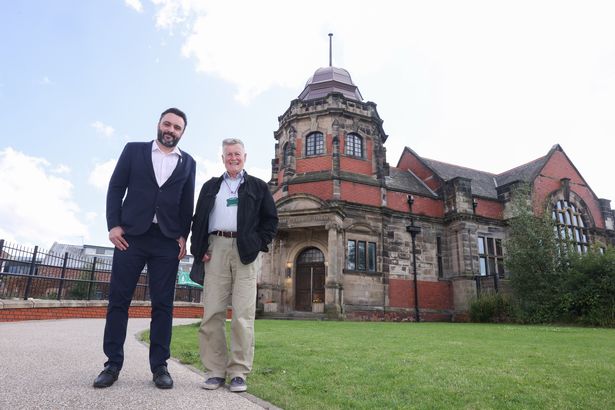 Chris Colwell and Jerry Spencer outside The Old Library(Image: Photo by Iain Watts)
Chris Colwell and Jerry Spencer outside The Old Library(Image: Photo by Iain Watts)
“We might have asked them where they see it in five years but in 50 years time, it’s still being used by the community as an asset for the community and that’s really what we’re looking for as well. I think it’s nice to reflect and think there’s something here for the long term – it’s a really important part of this.”
Jerry added: “We think of ourselves as a community harbour, community anchor, a beacon of some kind. And hopefully we’ll go on developing that.
“It gives an anchor in people’s minds to the past. Back in the 1910s, 1920s, this was a source of pride to people, that Andrew Carnegie, the great American billionaire, would think to come to Tuebrook and build a library here. There must be something about us.”
